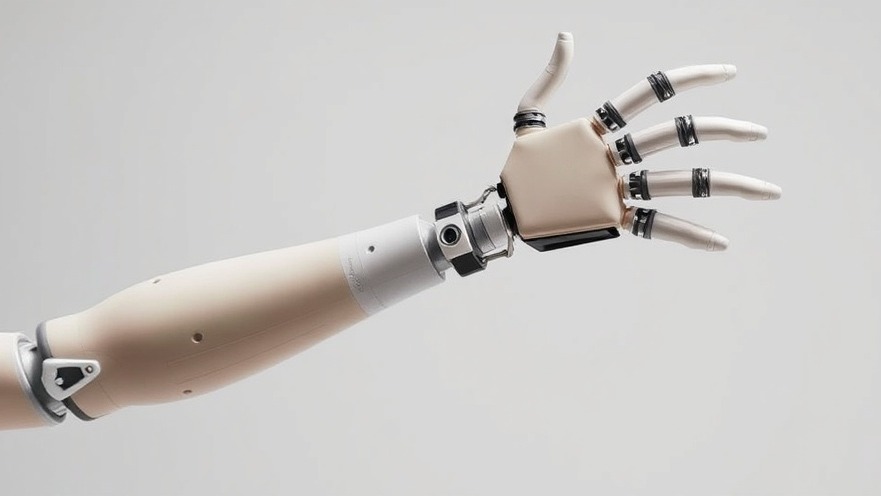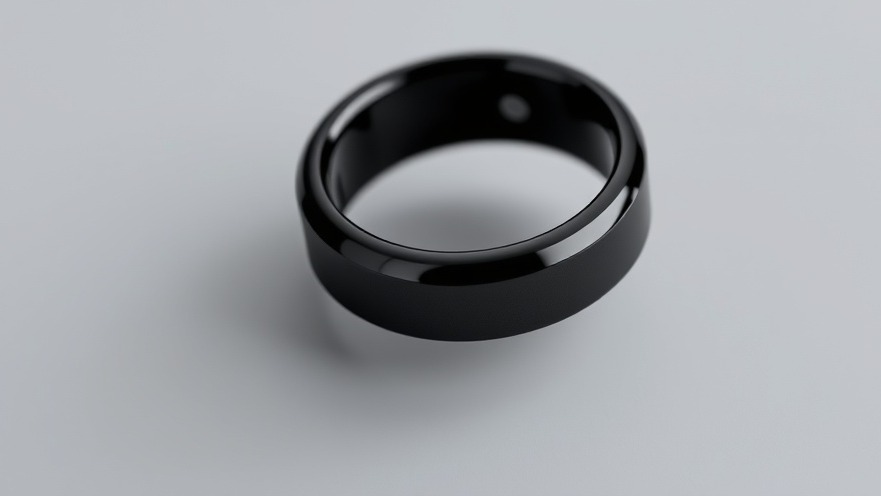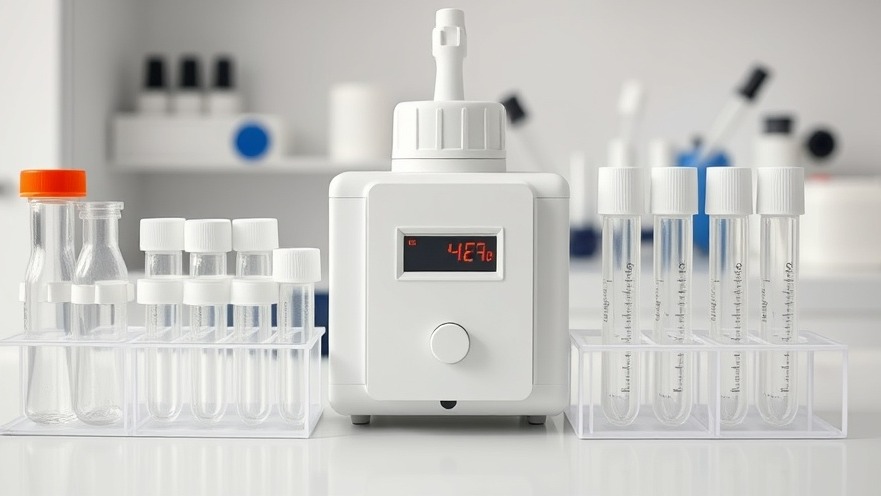
Revolutionizing Prosthetics: How Neural Encoding Technology is Shaping the Future
The world of prosthetics is undergoing a transformative shift with advancements in neural encoding technology. An emerging study from the University of Oregon sheds light on the intricate neural circuitry involved in simple hand movements, revealing how this research could enhance brain-computer interfaces, particularly for individuals using prosthetic arms. As health practitioners, understanding these innovations can significantly impact our approach to patient care and rehabilitation.
The Neural Code: A Vital Piece in the Puzzle
Understanding the "neural code"—the way our brains convert external sensory signals into neural impulses—is crucial for creating more sophisticated prosthetics. Researchers from the University of Illinois have worked extensively on deciphering this code, illustrating how sensory neurons encode and decode stimuli. By unraveling these complexities, we can design prosthetics that not only mimic human movement but also restore a sense of normalcy and functionality to patients' lives.
Mapping the Brain's Motions: Insights from Functional MRI
Researchers that conducted functional MRI brain imaging sought to understand how the brain integrates various sensory inputs to execute even the most basic actions, such as reaching for a cup of coffee. Their findings indicate that the brain utilizes multiple reference frames, providing greater precision in movement planning. This knowledge is a critical step towards improving the responsiveness and effectiveness of mind-controlled prosthetic devices.
Making Prosthetics More Natural: The Importance of Sensory Integration
The need for prosthetic devices that offer a more natural feel and response is imperative for users. Current robotic arms can imitate muscle movements but often lack the fluidity and grace of human motions. The research emphasizes the significance of integrating sensory feedback mechanisms into these devices, enhancing users' experiences and their connection to the prosthethic. Enhanced communication between the brain and the artificial limb could result in a more intuitive user experience.
Future Predictions: Where Neuroscience Meets Engineering
Looking forward, the research from both the University of Oregon and the University of Illinois suggests exciting possibilities. As neural encoding becomes better understood, we anticipate the advent of prosthetics that not only restore function but also incorporate sensory experiences—allowing users to feel as if they have regained lost limbs. Patients may soon interact with their prosthetics in ways that feel organic and familiar.
Actions for Health Practitioners: Maximizing Patient Outcomes
For health practitioners, these developments highlight the importance of staying updated with technological and scientific advancements. As practitioners, the incorporation of advanced prosthetics in treatment protocols can dramatically improve patient satisfaction and rehabilitation outcomes. Keeping abreast of such innovations will allow you to better advise patients on emerging options that could enhance their quality of life.
Steps Forward: Bridging the Gap Between Technology and Patient Care
Collaboration between engineers, neuroscientists, and health professionals is essential for translating complex neuroscientific research into practical solutions. Understanding the implications of the neural code and sensory integration in the context of prosthetics enables practitioners to advocate for improved technologies. Involving patients in discussions about potential treatments using this advanced technology can empower them to make informed decisions about their care.
As we stand on the brink of rapid advancements in prosthetic technology, the research clearly shows that a deeper understanding of our neural pathways can lead to groundbreaking applications in the medical field. For health practitioners, this is a call to action. Stay informed, engage with ongoing research, and prioritize conversations about these innovations in your practice.
 Add Row
Add Row  Add
Add 






Write A Comment